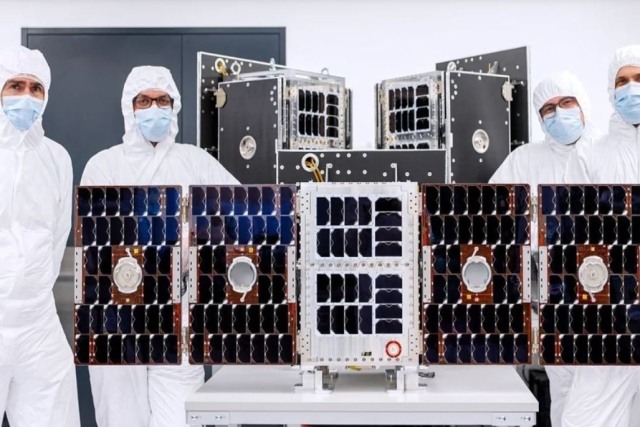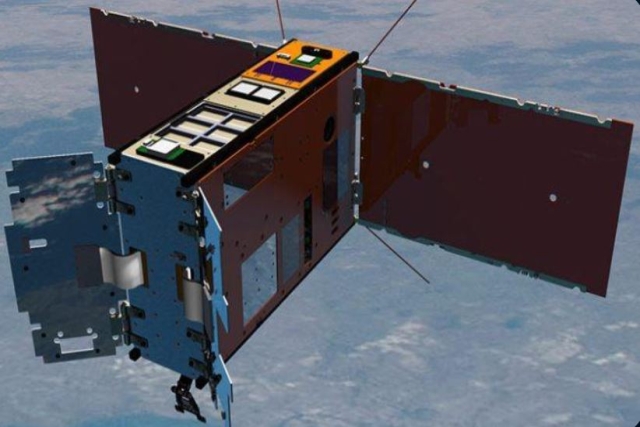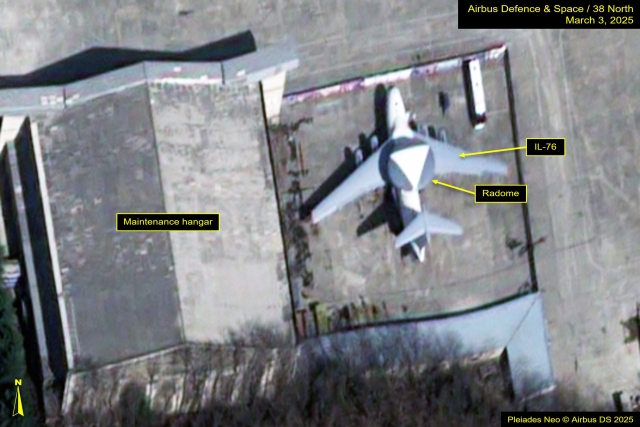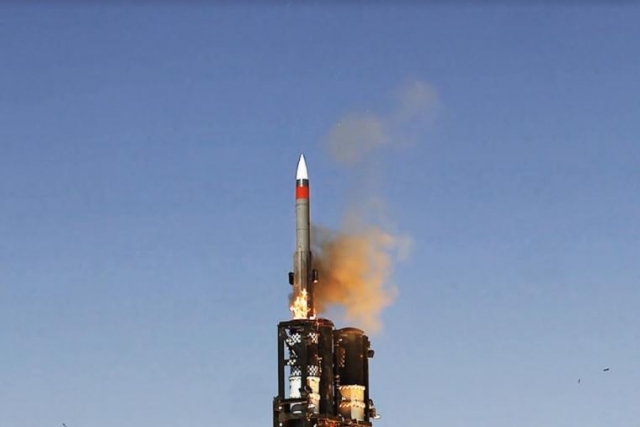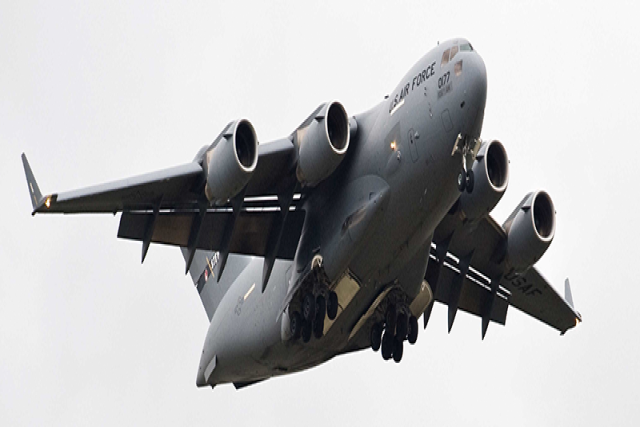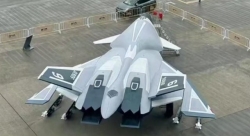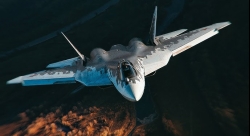South Korea's Micro-Satellite System Cleared for Launch as Key Piece in Military Kill Chain
2026 satellite launch to enhance crisis response and bolster national defense with space-based surveillance
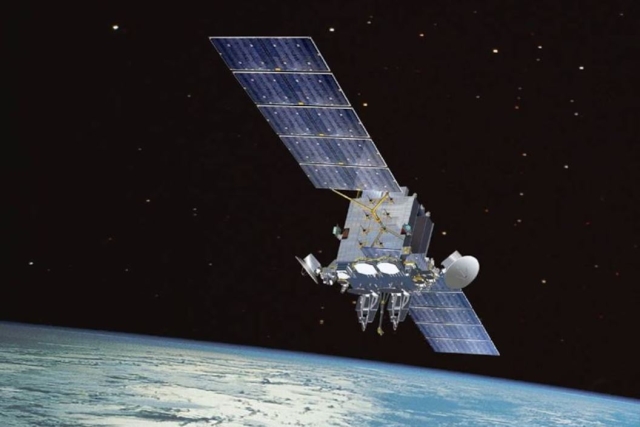
South Korea’s Defense Acquisition Program Administration (DAPA), in partnership with the Korea Aerospace Research Institute (KARI) and the Korea Coast Guard, concluded a three-day review in Busan confirming that the country’s micro-satellite system has met key design and performance standards, paving the way for prototype production and a 2026 space launch.
The meeting, held from April 2 to April 4, was part of a multi-agency development effort aimed at building a network of micro-satellites to monitor crisis situations across the Korean Peninsula and surrounding waters. The system is also intended to strengthen national use of space assets.
The review, formally known as the “Detailed Design Review Meeting for the Micro-satellite System,” examined whether the satellite’s design aligned with performance requirements and determined that the next stage—prototype production, system integration, and testing—could proceed within the approved budget and scope.
The project, led by the Agency for Defense Development, includes participation from several domestic institutions such as KARI, the Electronics and Telecommunications Research Institute, the National Security Research Institute, and the Satellite Research Institute.
The micro-satellite system will include both SAR (Synthetic Aperture Radar) and EO (Electro-Optical) payloads. The first space-ready flight model of a SAR verification satellite is scheduled for launch in the second half of 2026, following a series of ground tests. Afterward, additional satellites in the SAR and EO series will be launched in phases.
DAPA’s Director of the Space Command and Communications Division, Jeong Gyu-heon, stated, “We are now reviewing and promoting plans to build a joint civilian-military space operations center. This satellite system, once operational, will form a vital component of our military’s Kill Chain alongside existing 425 satellites.”
Kim Jin-hee, head of KARI’s satellite division, added that the project has passed a major milestone, noting its significance for rapid disaster response and infrastructure monitoring.
Yeo Seong-su, head of the Coast Guard’s Security Bureau, emphasized the strategic importance of space-based monitoring for maritime security. “Through cross-agency collaboration, these ultra-small satellites will enhance our ability to detect and respond to ocean-based threats more rapidly and accurately under the Maritime Domain Awareness framework,” he said.
